"
Hi, I am not a cyclist, but a friend who is directed me to a posting about helicoils.
I am a motorcyclist and old motorcycle restorer and use threaded insert AKA helicoils all the time.
Member crowriver asking for adivce on using these.
Ok, unfamiliar with exactly what alloy may be used in bicycles, BUT any alloy will be softer than the
helicoil thread maker or "tap". In many cases you do NOT need to use the oversize drill supplied,but I leave that up to the
person doing the job, as he/she will be able to gauge the softness of the alloy themselves.
BUT you will need a good quality tap die holder to grip the thread maker, you can get these on ebay, BUT make sure the jaws are BIG enough to accept the tap, or at least good mole grips/lockable
pliers to hold it very firmly. Do NOT try to do the whole thread in one go, go in a few milklimeters, until you feel the steel bite into the alloy, then back out a tad and blow away or remove the swarf, then go in again. repeat as required, patience is the thing, you want it go in and cut cleanly and plumb to the job in hand, square on if you like.
Inserts come in different lengths too, you don't always need an insert the whole length of the screw hole, again the person doing the job can gauge it for themselves. Do it slowly and calmly is best :) The job can usually be done dry, but if you wish lubricating the job with a wee bit of 3 in 1 or whatever won't harm. You want the tap to go in cleanly and square to the surface.
Drive in the insert gently, you don't want it to stretch or skip a thread,so slowly.,if you feel too much resitance at any step , STOP, back out a wee bit and go back in gently.
These inserts are great and will be stronger than the original thread. Indeed some folk I know install them even on "good" threads in alloy on any parts that need to come apart often or are under stress.
I hope this helps
"

 resolved
resolved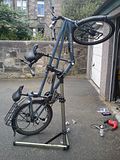
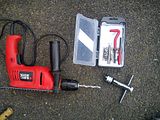
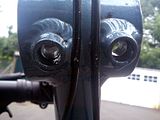
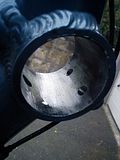
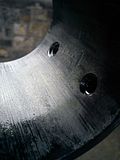

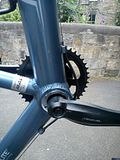

 posts
posts
